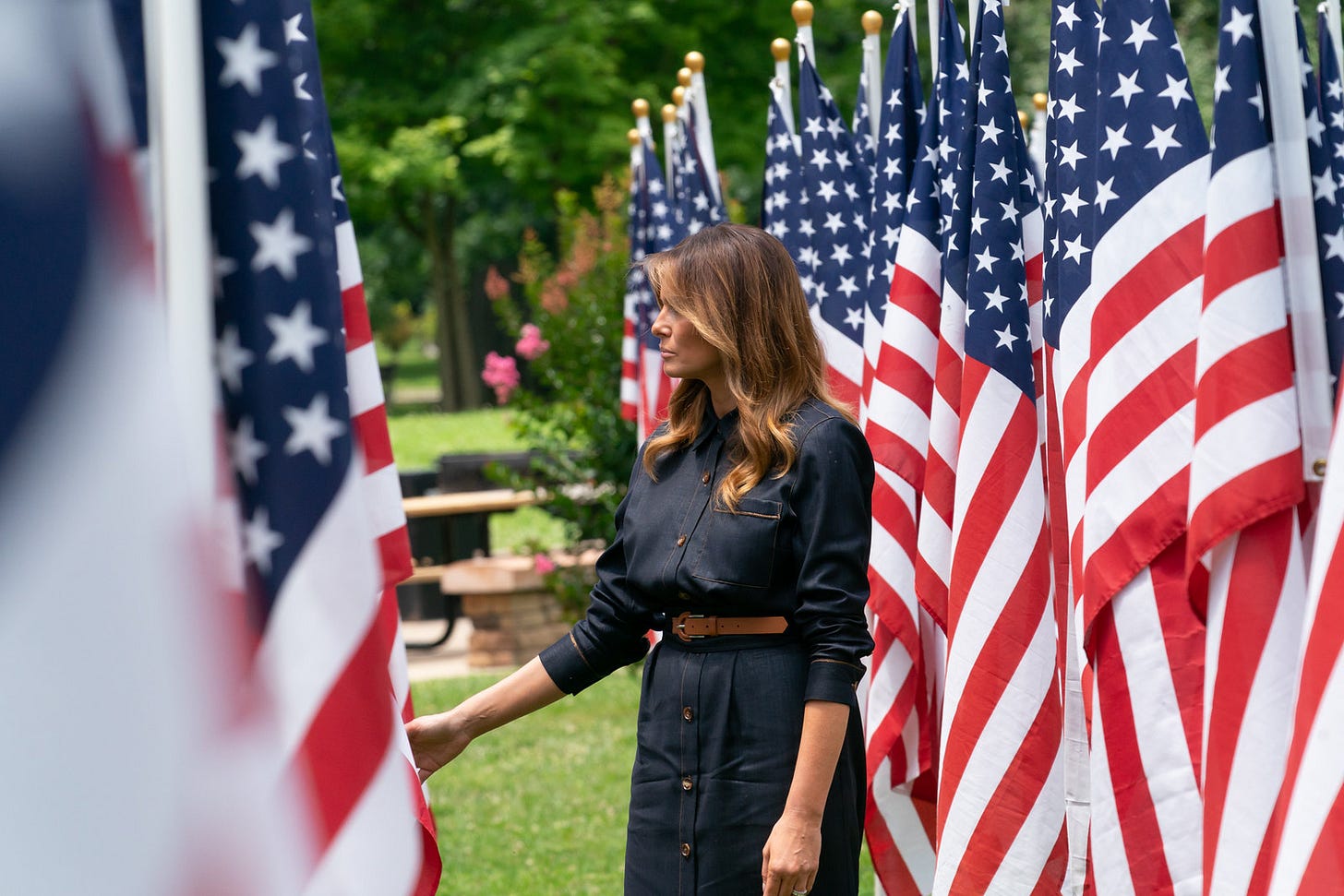Should We Pay the First Lady?
Guest Column by Annette Dunlap

“Where’s Melania?” asked The New York Times in the headline of an article published on May 7. As of that date, Mrs. Trump had spent less than two weeks in the White House since her husband’s inauguration on January 20. The article implied that Mrs. Trump owed the American people a full-time first lady measured by daily residence in Washington, D.C.
Jennifer Taylor’s May 15 piece in East Wing Magazine responded to the “Where’s Melania?” question. Taylor highlighted the numerous responsibilities of the first lady’s office and noted that Mrs. Trump is deftly handling her duties, regardless of the number of days she has been present in the Executive Mansion.
“The first lady is in charge of the White House,” Anita McBride, the director of the First Lad…
Keep reading with a 7-day free trial
Subscribe to East Wing Magazine to keep reading this post and get 7 days of free access to the full post archives.

